CALM THE MIND
GO BENEATH THE SURFACE
SUTRA 1.2
CALM THE MIND
“If restraint of the mental modifications is achieved, one has reached the goal of yoga.” This is taken directly from The Yoga Sutras of Patanjali (pg. 3).
“Yoga is the experience we have when all vritti (fluctuations of the mind), the movement arising in our consciousness, is stilled.” This is the breakdown/interpretation from Tantra of The Yoga Sutras by Alan Finger (pg. 21).
Both explanations of Yoga Sutra 1.2 “Yoga citta vritti nirodhah” help us to understand what we seek in our practice and in our lives. What we seek is stillness, the decluttering and calming of the mind in order to exist and take action from a place of steadiness and discernment rather than from a place of reactivity, being steered by our emotions.
YOGA & THE SUTRAS
ONLINE YOGA IMMERSION
- Refine your yoga practice
- Move, sweat, breathe, flow
- Themes inspired by the Yoga Sutras
- Full 75-min. practices
- Full-spectrum immersion: All pose categories
- Arm balances, heart openers, shoulder mobility
- Hip openers, single-legged balances, strength building
- Lifetime unlimited access to all
$148.00 $118.00
THE 5 LAYERS OF THE MIND
The Tantric point of view seems to provide more space for the allowance of our natural human experience, which includes the 5 Layers of the Mind. These are explained in Tantra of the Yoga Sutras as follows:
- Undistorted Knowledge occurs when the mind creates an image from direct perception; for example, what you experience from your senses and/or intuition, deductions form partial information, and/or credible testimony from text, a teacher, or parent
- Misconception happens when the mind directly perceives something through the senses or intuition but creates a distorted image of what it is perceiving.
*This distortion may come from our samskaras, which are our underlying, deep-rooted patterns and beliefs, which are deeply connected to our ego and how we define ourselves by specific identities and experiences.
- Imagination is when we hear about something, and the mind creates an image that is based on anything other than words.
- Sleep—here, the mind experiences inertia. This is its own form of vritti, which helps the mind to reset and recharge. To calm the mind, mastering sleep habits is essential.
- Memory is when a previously perceived object, form, or idea comes back into consciousness.
From the Tantric perspective, these are natural occurrences of which we are not trying to “rid ourselves” but simply (or not so simply) trying to harness. These layers exist, and they are valuable to our human experience in this life. It is my opinion that whatever language we resonate with, both perspectives do offer us the ability to understand that we have the potential and competence to go beneath the surface of these fluctuations. “Going beneath the surface” can essentially be interpreted as calming the mind. When the fluctuations create chaos and/or anxiety, we become off balance, and the mind feels cluttered and busy. This is when and why we go to our yoga practice, meditation, and pranayama: in order to soften these layers.
How is this achieved? This is achieved through focus with intention. This can also be interpreted as well-placed effort, or abhyasa, which means “making your best effort to focus all the vritti on one single point, whether it is an action, object, thought, or image.” Finger, Alan. Tantra of the Yoga Sutras. Pg. 26.
Matt has this ability to effortlessly weave this into every class. Each breath, transition, and biomechanical setup is methodical and very intentionally expressed so that we have no choice but to move in a way that harnesses our attention within. We are focused on not only the movements but the sensations we experience throughout. These are the “aha moments,” if you will. Matt explains that it is when we go deeper, to the level of awareness of the sensations, that we actually experience stillness. This is when we go below the layers of the fluctuations of the mind. This is when we find more calm and presence in the moment.
At the end of today’s video, you’ll see how even what may appear to be a “simple movement” is executed with such precision and awareness that we have no choice but to surrender to the sensations and to the release of the “fluttering” of the mind.
In this particular class, Matt is preparing us for Side Crow. He talks about this harnessing of the mind within the movement, and he explains how we focus the body and breath in order to go deeper within. He then proceeds to the next actions in the physical body that will lead us toward what is necessary for Side Crow, but in the moment, we are fully engrossed in the stillness of the mind in the present moment and present actions. Now, as our muscles activate, building heat and tension, the fluctuations may want to rise and fall with more intensity again, but please note that all vritti are motivated by either pain or pleasure; whether the experience is difficult and challenging or easy and delightful, we can still place our efforts in a way that helps us maintain a sense of tranquility. Maybe when the vritti intensify due to challenge, the tranquility can come from an understanding that any particular challenge is ultimately happening for us and not to us and that by letting go of the outcomes (vairagya), we will come to see just exactly how they serve us in the end. On the other hand, when there is excitement, joy, and happiness, and the mind is wild with elation, we can enjoy it for what it is and yet recognize that these are the energies of life—the ups and the downs don’t determine our value; they simply reveal an opportunity to stay present.
WATCH THE VIDEO
“Calm the Mind with Meditation”
The 5 KOSHAS OF OUR EXISTENCE
But, what are these deeper layers? What lies beneath the surface of the vrittis? Where do we actually find/experience stillness? How do we find more calm in the mind?
In Eastern philosophy we come to understand the Koshas (or the energetic layers of our body that encapsulate one another).
In the context of the yoga practice, the 5 Koshas are:
- Physical – Annamaya Kosha – This is our physical body. This is where we bring awareness to the biomechanics and techniques in our practice. We become more skilled at the awareness of our bodies in space (proprioception). Matt explains that we develop more discernment when it comes to knowing the difference between our mind being uncomfortable and our bodies being uncomfortable. There is a difference between pain and discomfort. We learn to decipher between the two in order to honour our bodies within our practice.
- Energetic – Pranamaya Kosha – This is the vibrancy of our energy (i.e. when we wake up after a good night’s sleep, we feel rested and vibrant. We feel the exact opposite after a poor night’s rest. Also, when we are working on this layer we are working on pranayama.
- Mind – Manamaya Kosha – Here we are getting closer to the awareness of who we are. We are more self aware of our mental and emotional patterns by way of our physical practice. We come to understand the lens through which we look and how we perceive life.
- Awareness – Vijnanamaya Kosha – This is our intuitive body and/or our insight.
- Bliss – Anandamaya Kosha – The inevitable result of becoming more self aware – strengthening connection to the 3 outer layers, our ability to become aware and then the inevitable bliss
Surrendering to the sensations and awareness of the first 3 layers help to unlock the deeper inner layers of awareness and bliss. Matt explains that bliss is the inevitable result of becoming more in tune with our ability to become aware. This is actually the practice of svadhyaya (self-reflection/awareness).
In Chromatic yoga, Matt guides us to understand that this is exactly what is taking place. He provides continued opportunities in our asana practice to become more aware within the first 3 layers and that this is how we access the stillness, we go beneath the fluctuations of the mind and more inward towards awareness and bliss. As described above, we do this by paying attention to techniques and the biomechanics of the body. Matt shows us how to become more aware of how to engage and arrange our joints to feel better in our bodies on and off of the yoga mat. The goal is to become self aware in the asana practice. To then become in all areas of our lives.
MOVE • BREATHE • RELEASE
ONLINE YOGA IMMERSION
YOGA ASANA, BREATH WORK, & GUIDED MEDITATION
- Invigorate Body & Mind
- Increase Flexibility & Strength
- Increase Focus and Clarity
- Decrease Stress
- Unwind physical & Emotional Tension
- Move more freely
- 12 All levels classes
- Lifetime access to all 12 classes
$128.00
THE ROLE OF MEDITATION TO GO BENEATH THE SURFACE
At the beginning of the Heart Module in Matt’s 300 Hr. Yoga Teacher Training, he describes Meditation as a way to help ourselves to “clean out the dirt and dust” within our minds. Again, it is a process of self-inquiry that helps us understand where the dirt came from and why we didn’t clean it sooner. Meditation keeps the dirt from building, self inquiry inspires us to keep meditating. We also come to understand that meditation is not the removal of our thoughts, but again where we place our attention. This is exactly what the Tantric perspective provides for us. There is the understanding that the 5 layers of the mind are not to be removed (they are natural), but where do we place our attention? Yes, you’re right…beneath the surface.
In the 2015 study, Meditation: Process & Effects, by: Hari Sharma, it explains that:
“During the process of meditation, accumulated stresses are removed, energy is increased, and health is positively affected overall.”
This directly reveals the value of meditation and its ability to settle the fluctuations of the mind. It’s focused attention and the well placed effort (Abhyasa) of our awareness that supports the removal of certain stressors. This supports our ability to quiet and calm the mind. With increased energy, we can go to our mats for asana in order to build on our awareness of the 3 outer layers of the koshas.
The study also says:
“In ancient Vedic texts, it is said that the meditation process takes the mind from the outer realm of the objective world to the inner realm of the inner faculty (which includes the mind, intellect, ego, and Chitta – the storehouse of all memories and impressions of life), and finally goes beyond both the outer and inner realms to reach the deep inner Self.”
Sharma, Hari. “Meditation: Process and effects.” Ayu vol. 36,3 (2015): 233-7. doi:10.4103/0974-8520.182756
This is it, it describes the process of going from the external to the internal and finally going to the inner realm to the deeper self. This is just another way of describing the shift from sitting within the crashing waves of the mind, to going beneath the surface and into the stillness.
There is clearly a lot to uncover and unpack here, but this is the beauty of stepping into our awareness. All we have to do is take the first step.
“Yoga citta vritti nirodhah” can happen at any time you want. You don’t just go to the yoga mat to find this. You go to life to find this. Funneling attention into awareness itself at any time helps you to find more opportunities and moments to remain in the realm of stillness.
The 200 Hr. Teacher Training: Click Here to See The Next Start Date
The 300 Hr. Advanced Teacher Training: Click Here to See The Next Start Date
Article by Trish Curling
Video Extracted From: 300 Hr. Training
ANATOMY IN MOTION
APRIL 2022 Immersion
- Embody anatomy
- Learn key muscles, bones, and joints
- Visualize your movements internally
- Improve proprioception
- Sensation-based practices
- Unlock and strengthen major muscle groups
- Active, passive, and isometric stretching
- Improve mobility and stability
- Get VERY geeky
$168.00
CHOOSE YOUR PATH
Continue Learning
Arm Balance Transitions
Arm Balance TransitionskakasanaARM BALANCE TRANSITIONS Arm balance postures can be challenging enough without attempting to layer on a smooth transition in and out of them. However, fluid transitions are a natural progression in our yoga practice; they also provide...
Hanumanasana Hints
Hanumanasana HintssplitsHANUMANASANA HINTS Applying intelligent techniques to a posture like Hanumanasana is crucial—simply hoping for the best is definitely not the way to go! That mindset leaves us vulnerable to injury. Hanumanasana is also the type of pose that can...
Chin Stand
Chin Standganda bherundasanaCHIN STAND Without a doubt, Chin Stand requires preparation. This posture must be approached with the utmost humility, essential in order to respect the potential risk. If this pose is not explored regularly in our physical practice, it may...
Postpone The Stretch Sensation
Postpone the Stretch SensationflexibilityPOSTPONE THE STRETCH SENSATION If one of the goals of our physical yoga practice is to increase flexibility, we may automatically believe that we just need to stretch more. It’s critical that we understand that increasing...
Wake Up Your Wheel Pose
Wake Up Your Wheel Poseheart openerWAKE UP YOUR WHEEL POSE We don’t have to question it—we know whether or not we’re feeling open, free, and strong in Wheel Pose. There’s a lightness and expansiveness that takes over when everything falls into place: From the initial...
Spinal Spaciousness
Spinal Spaciousnessdancer poseSPINAL SPACIOUSNESS Some key indicators of spinal health include strong bones, durable yet flexible ligaments, supple discs, and strong supportive muscles. Aside from nutrition, it’s not enough to say that movement in general is enough to...
THE FREE TECHNIQUE PACK
When You Subscribe, You Will Get Instant Access to
- the Technique Pack: 15 yoga pose breakdowns
- exclusive online course discounts
- exclusive blogs and videos

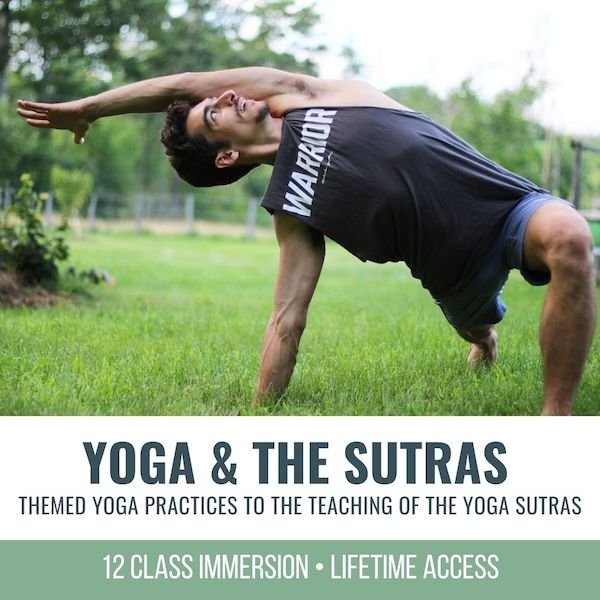

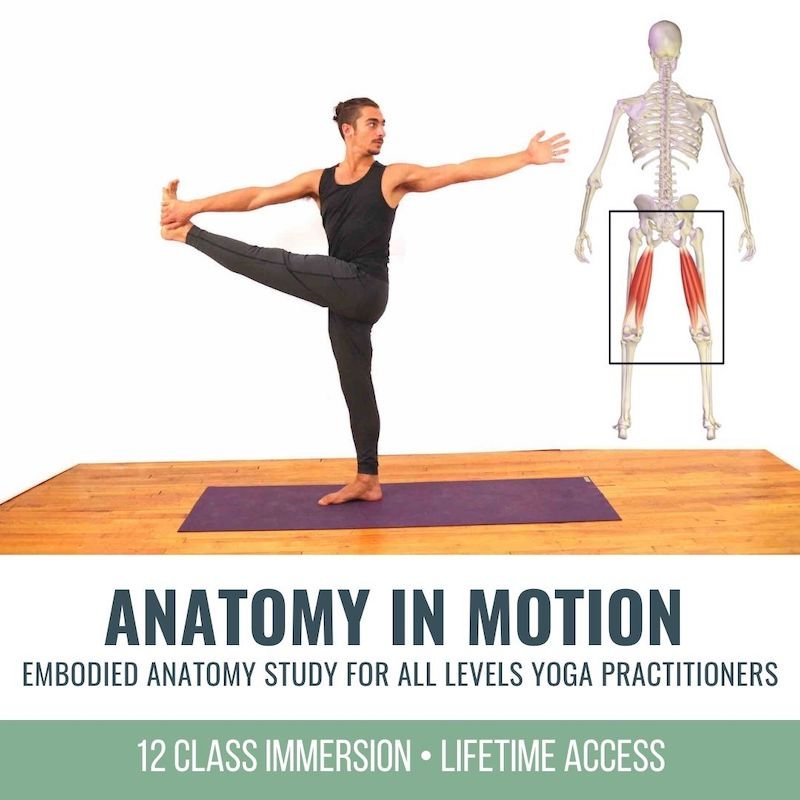


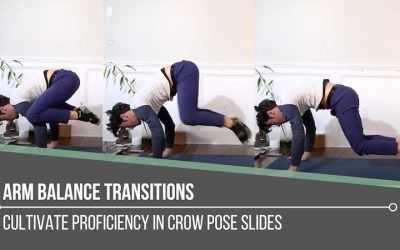
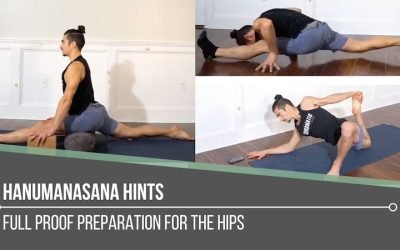
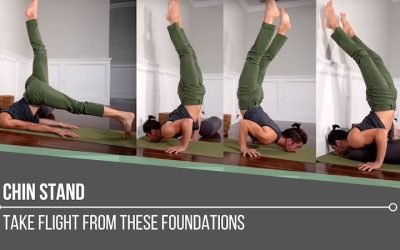
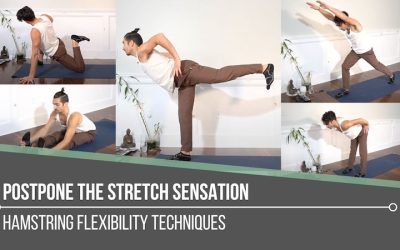
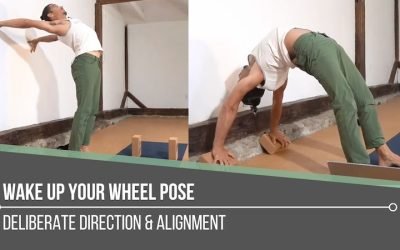
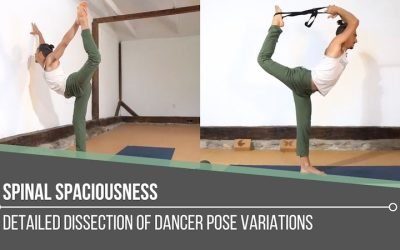

0 Comments
Trackbacks/Pingbacks